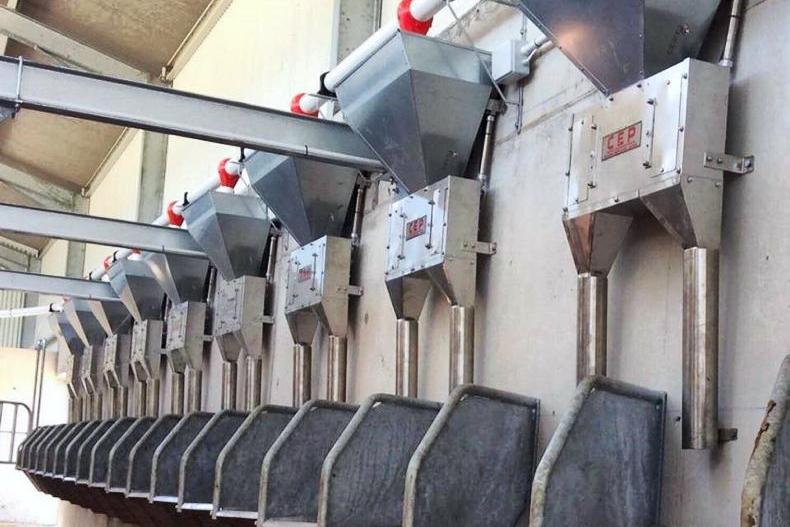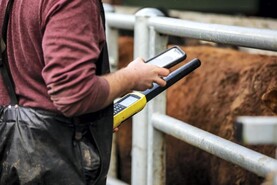A farmer rang me at the weekend to say that a tonne of dairy ration at his local co-op was now costing €375/t and he wondered if there was any alternative to that.
My first response was to enquire as to the protein content. The farmer didn’t know the answer – that was just the quote he got from the sales rep. Upon further enquiries, it transpired it was an 18% crude protein nut.
Does this farmer need an 18% protein nut considering lower protein nuts are about €50/t cheaper?
Soya bean meal
The main reason for the increased cost in an 18% nut versus a 14% nut is the increased inclusion of soya bean meal, the price of which has been rising and volatile in recent months.
High-protein rations are required to balance low-protein forages. Grass silage is typically around 11% to 12% crude protein, while dairy cows require a crude protein content of between 16% and 18% in their diet.
Even when including 4kg to 5kg of 18% protein nuts, it is not possible to achieve target dietary crude protein levels when cows are inside on silage. This can result in lower milk yields and poor overall performance.
Plan
If this farmer was planning to keep the cows in on average-quality silage until the middle of March, then the 18% nut was probably justified.
However, if this farmer was planning to get cows out to grass, if even for a few hours per day, the protein requirement in the nuts could be much lower.
This is because spring grass is exceptionally high in protein at between 20% and 24% protein, so achieving the 16% to 18% protein content in the diet is really easy when some grass is included.
In this case, a 12% to 14% crude protein nut would be sufficient. As mentioned, these type of feeds are available at €50 to €60/t cheaper than the 18% nuts.
Only buy what you need
At a time when all feed prices are expensive, it pays to make sure that you are only buying what you need.
As the example above illustrates, if the farmer was able to get cows to grass, there would be no need for the high-protein nuts.






 This is a subscriber-only article
This is a subscriber-only article










SHARING OPTIONS: